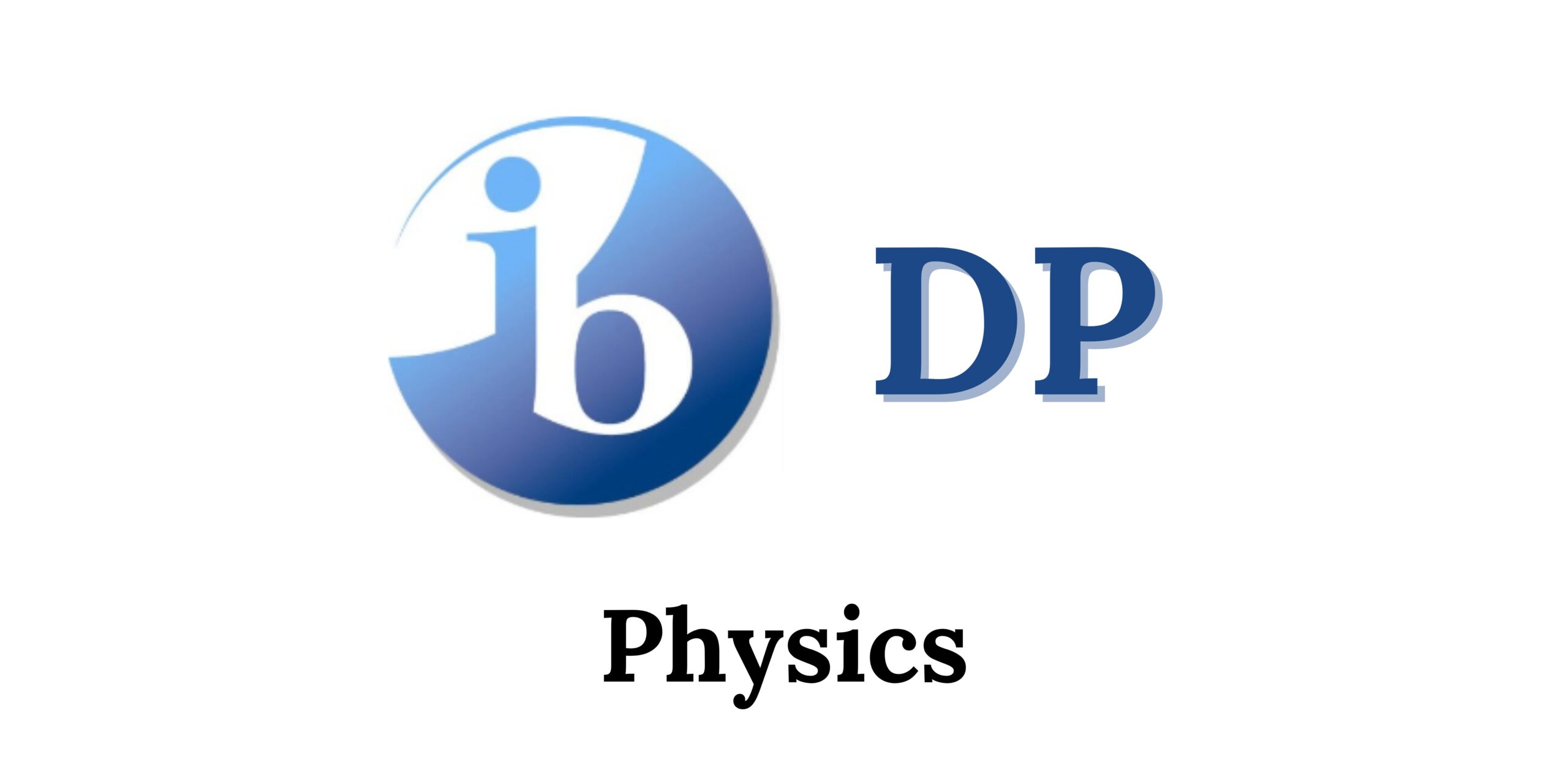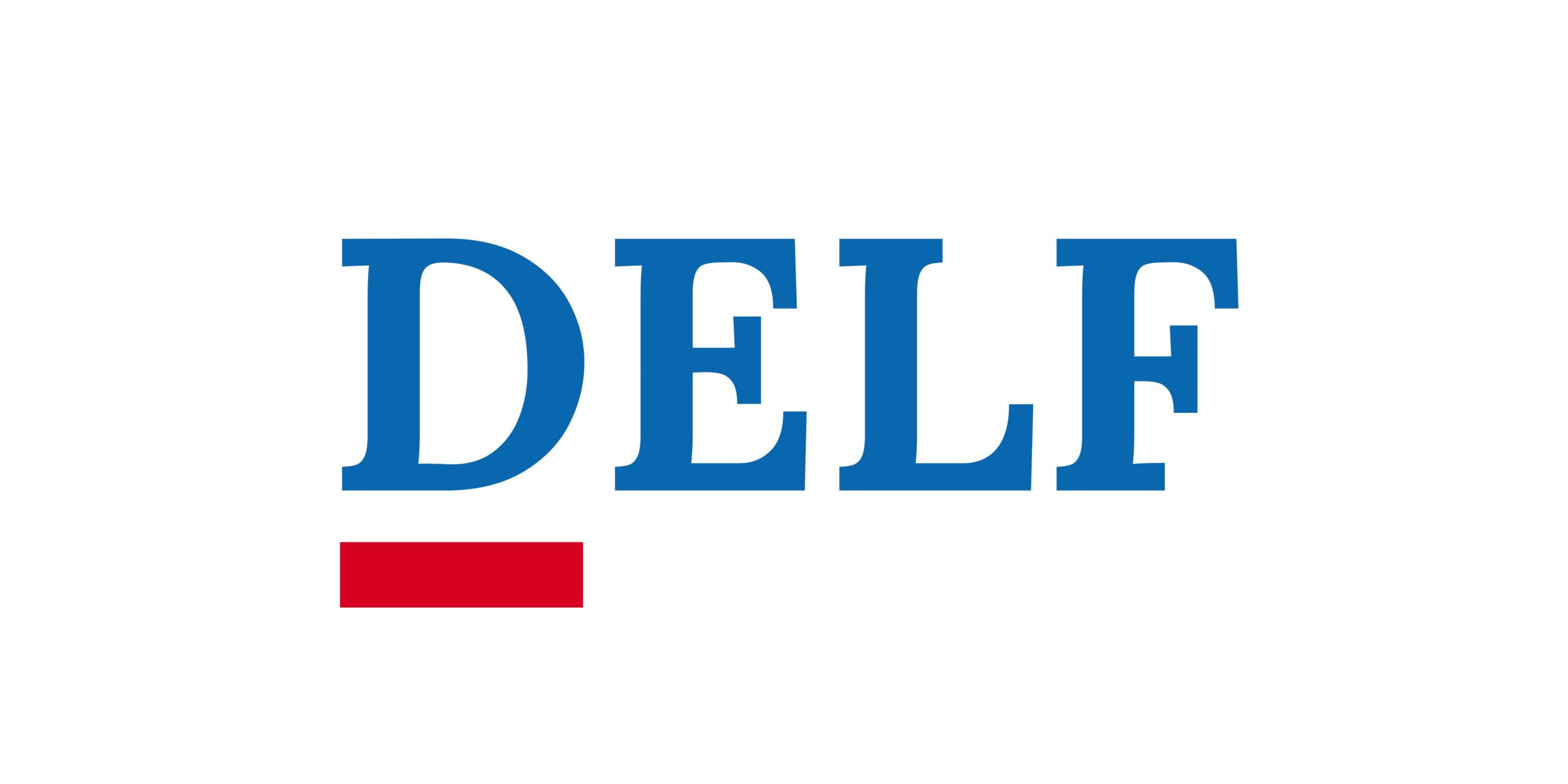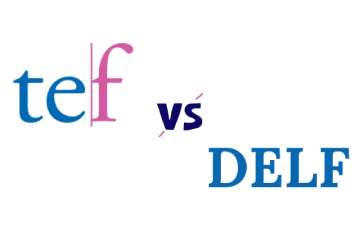
DP physics aims to understand the natural world, from atoms to the universe’s structure. It explores the origins of the universe and the nature of time. Learning occurs through scientific inquiry in classrooms and laboratories. Available at both standard (SL) and higher levels (HL), with 150 hours for SL and 240 hours for HL.
The course aims to:
1. Develop conceptual understanding linking various science areas.
2. Acquire and apply scientific knowledge, methods, tools, and techniques.
3. Analyze, evaluate, and synthesize scientific information and claims.
4. Approach unfamiliar situations with creativity and resilience.
5. Design and model solutions for local and global problems.
6. Appreciate the possibilities and limitations of science.
7. Develop technology skills in a scientific context.
8. Communicate and collaborate effectively.
9. Understand the ethical, environmental, economic, cultural, and social impact of science.
For general information about the International Baccalaureate (IB) program, visit this link.
Components of the curriculum
| Syllabus component | SL teaching hours | HL teaching hours |
|---|---|---|
| A. Space, time and motion: • Kinematics * • Forces and momentum * • Work, energy and power * • Rigid body mechanics *** • Galilean and special relativity *** | 27 | 42 |
| B. The particulate nature of matter: • Thermal energy transfers * • Greenhouse effect * • Gas laws * • Thermodynamics *** • Current and circuits * | 24 | 32 |
| C. Wave behaviour: • Simple harmonic motion ** • Wave model * • Wave phenomena ** • Standing waves and resonance * • Doppler effect ** | 17 | 29 |
| D. Fields: • Gravitational fields ** • Electric and magnetic fields ** • Motion in electromagnetic fields * • Induction *** | 19 | 38 |
| E. Nuclear and quantum physics: • Structure of the atom ** • Quantum physics *** • Radioactive decay ** • Fission * • Fusion and stars * | 23 | 39 |
** Topics with content that should be taught to all students plus additional HL content
*** Topics with content that should only be taught to HL students
| Experimental programme | SL teaching hours | HL teaching hours |
|---|---|---|
| Practical work | 20 | 40 |
| Collaborative sciences project | 10 | 10 |
| Scientific investigation | 10 | 10 |
If you need help with Physics or any other subject, our tutors are ready to support you on your academic journey. Don’t miss your chance to succeed—take a trial lesson today!
Assessment
The DP physics course has four assessment objectives:
1. Knowledge: Demonstrate knowledge of terminology, facts, concepts, skills, techniques, and methodologies.
2. Application: Understand and apply knowledge of terminology, concepts, skills, techniques, and methodologies.
3. Analysis: Analyse, evaluate, and synthesize experimental procedures, data, trends, patterns, and predictions.
4. Investigation: Demonstrate the application of skills necessary for insightful and ethical investigations.
| Type of assessment | Format of assessment | SL (hours) | HL (hours) | Weighting of final grade |
|---|---|---|---|---|
| External assessment | 3 | 4.5 | 80% | |
| Paper 1 | Paper 1A includes multiple-choice questions Paper 1B features data analysis questions, assessing skills in graphing, units, and uncertainties | 1.5 | 2 | 36% |
| Paper 2 | Paper 2A consists of a series of short-answer questions, each addressing a narrow area of the curriculum. Paper 2B consists of one (for Standard Level) or two (for Higher Level) extended-response questions that address different areas of the curriculum using one of the three concepts in the question. | 1.5 | 2.5 | 44% |
| Internal assessment | Format of assessment | 10 (hours) SL / HL | 20% |
| Scientific investigation | An open-ended assignment in which the student collects and analyzes data to answer their own formulated research question. Students may collaborate and support each other in small groups. The results of the research study will be assessed in the form of an individualized written report. The maximum total length of the report is 3,000 words. | 10 | 20% |











